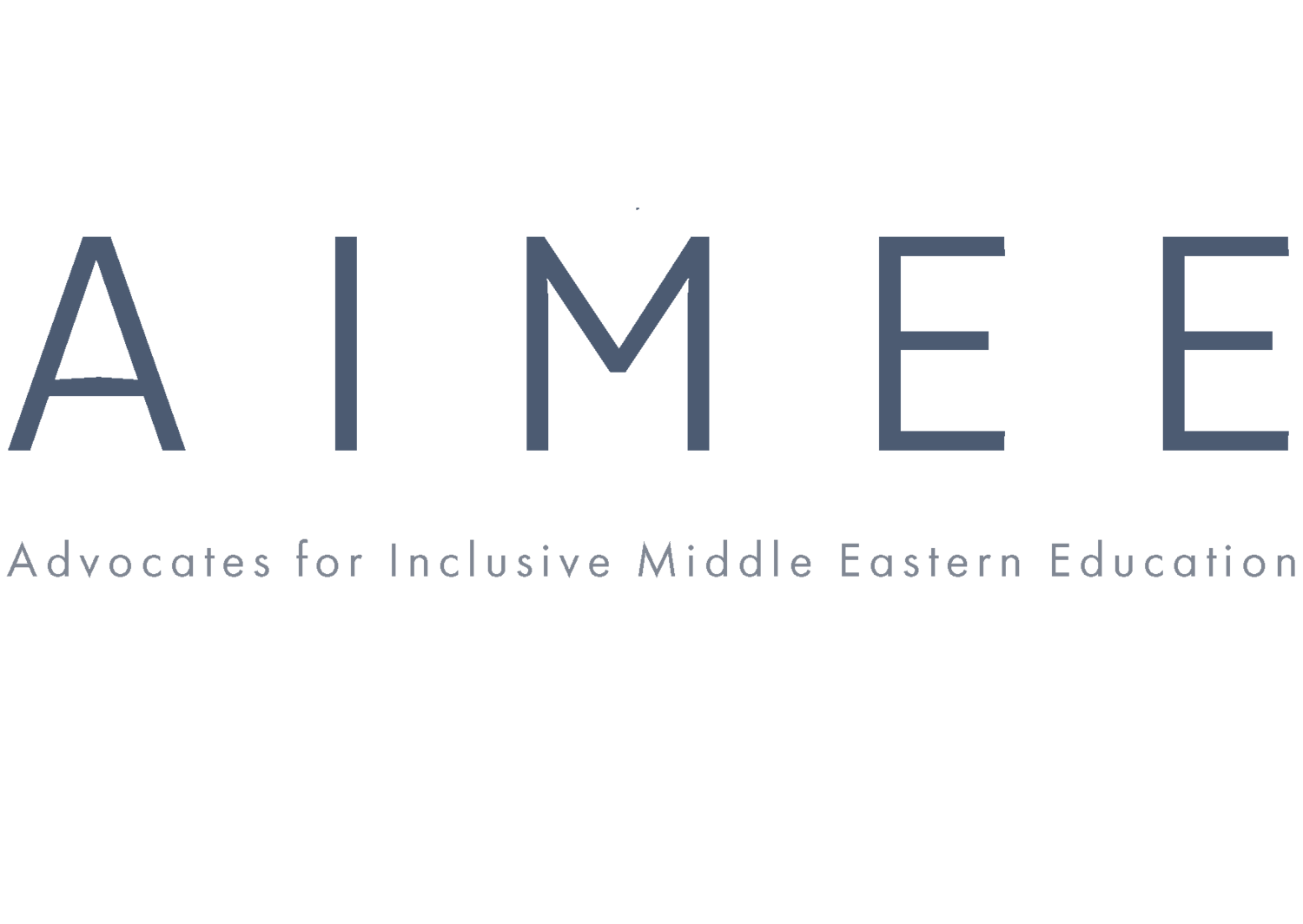Frequently Asked Questions
Who are we?
We represent over half a million Californians who are indigenous to the Middle East and North Africa (MENA) — most of whom fled oppression and persecution to ultimately settle in our beautiful state. Our communities are racially, ethnically, culturally, and religiously diverse and represent at least 60 percent of the Middle Eastern diaspora in California.
Our Stories
As a minority-majority coalition of diverse Middle Eastern and North African organizations in California, our communities have faced oppression and devastation that has often threatened our existence — from the Armenian genocide, to the ongoing persecution of Coptic Christians, to the dispossession and expulsion of Mizrahi Jews, the violent persecution of Assyrian Christians at the hands of ISIS, to the denial of self-determination for Kurds, to the human rights violations against Bahai’i. Our family members still living in MENA countries have and continue to face severe discrimination, including ethnic cleansing, because of our identities.
Advocates for Inclusive Middle Eastern Education (AIMEE) is a coalition that includes 30 Years After, Assyrian Association of Southern California, Assyrian Foundation of America, Coptic Solidarity, JIMENA: Jews Indigenous to the Middle East and North Africa, Kurdish Community of Southern California, Los Angeles Baha'i Center, Public Affairs Alliance of Iranian Americans, and the Zoroastrian Association of California. Together, we work to honor and share our rich and vibrant histories and cultures.
Why is the ethnic studies curriculum important?
Ethnic studies is an important topic of education for California students that can foster understanding and appreciation of the diverse communities in California. Our state needs an accurate, balanced, high-quality curriculum for teachers to use as a model for individual classes. The content of this curriculum will empower students from diverse backgrounds across the state, addressing racism and promoting equity and equality.
As members of diasporic minority groups, we understand the importance of teaching our children stories of oppression, resistance, and social responsibility. Ethnic studies can help students promote self and collective empowerment while imagining new possibilities for stronger communities and societies.
How can the current draft curriculum be improved?
Our communities came together to form a collation that advocates for a richer and more inclusive conversation about the cultures of Middle East. Despite representing 60% of the California’s Middle Eastern communities, and despite the goal that the Ethnic Studies Model Curriculum be written in a language that is “inclusive of multiple users and reflect pupil demographics” our communities and our stories were omitted from the Ethnic Studies Model Curriculum. We want our children and their children to be considered and seen in our state’s noble and critical work of empowering students from minority backgrounds.
The current draft of the California Ethnic Studies Model Curriculum includes a section on “Arab American Studies,” and we believe this should be broadened to “Middle Eastern American Studies,” to create a space for the full panoply of MENA Americans’ experiences to be taught. We are eager to see a curriculum that empowers educators and students to celebrate all communities and faiths that hail from the Middle East and North Africa.
Middle Eastern and North African children deserve to see themselves reflected in the California curriculum so their classmates can learn their family and communal stories. This curriculum will be many students’ first exposure to the cultures of the Middle East and North Africa. They deserve a high-quality, accurate education about the incredible diversity of the region.
Why is it important to include all voices from the Middle East?
Our inclusion in the curriculum will affirm important and compelling minority voices from the Middle East and North Africa. This region was once one of the most ethnically and racially diverse areas of the world — home to some of the earliest and most impactful civilizations in human history—from Zoroastrians, to Coptic-Christians, to Assyrian-Christians, to Mizrahi Jews, to Baha’is, to Yezidis, to Persians, and Kurds. At present, our countries of origin are quickly becoming homogenous due to policies that either lead to the expulsion of minority groups or force them to conform to majority expectations. Our experiences as persecuted, indigenous minorities attest to this.
Even today in California — as refugees and immigrants — many of us continue to face discrimination in this country, at school, and in our communities. Our centers are still frequent targets of hate crimes. We fear that our exclusion from a curriculum would contribute to the ongoing cultural genocide and erasure of minority voices from the Middle East and North Africa.
Accurate representation and recognition will ensure that California’s children can share in learning the rich and vibrant history of the peoples of the Middle East. This inclusion is necessary for ethnic studies to succeed in empowering children with MENA backgrounds and to ensure that children who trace their ancestry elsewhere have a high-quality educational experience. Our countries of origin are often misunderstood, as much of the region continues to be plagued by civil war and social strife. We are confident that an inclusive and accurate overview of the diversity within the Middle East and North Africa in the Ethnic Studies Model Curriculum can work to challenge stereotypes, build bridges, and promote acceptance.
